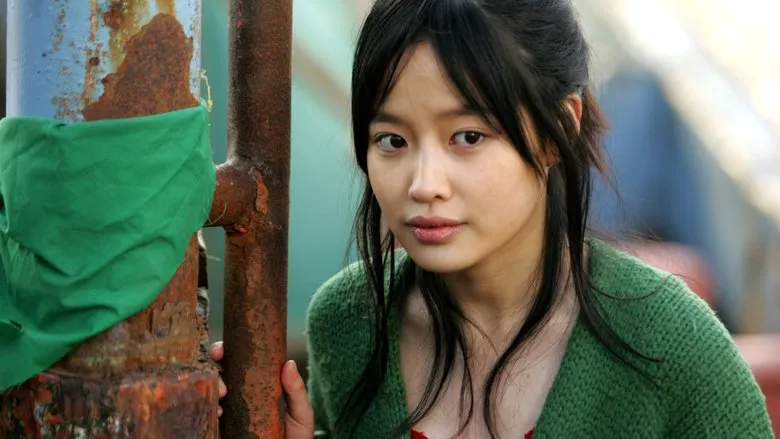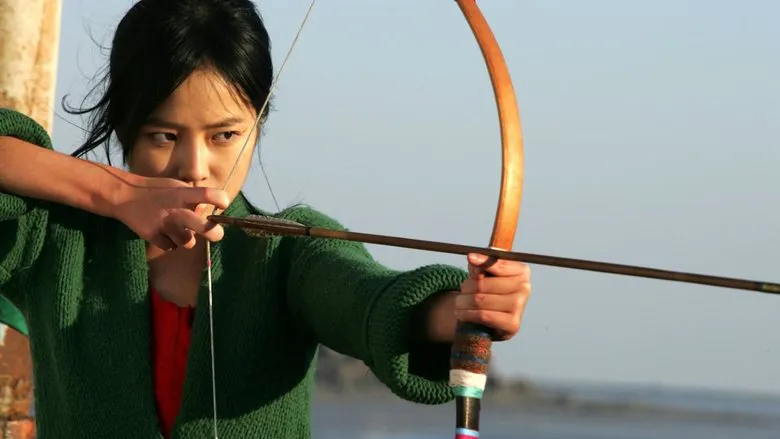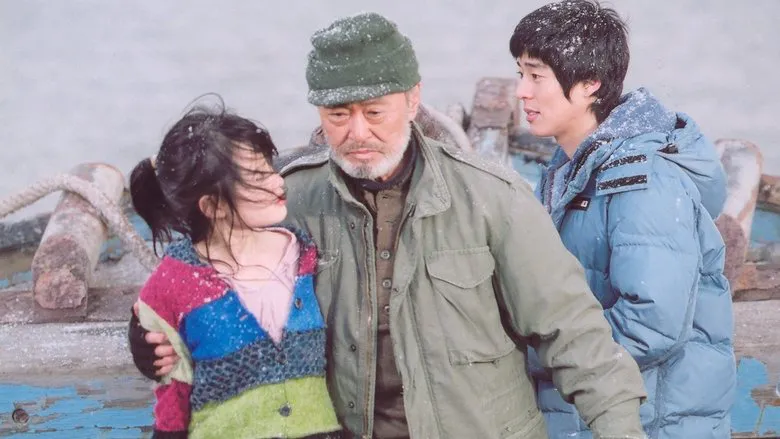Brave: A Scottish Princess Defies Destiny
 .jpg)
.jpg)
Princess Merida of Scotland is anything but a typical royal. She prefers riding horses, scaling cliffs, and shooting arrows like a boy. Her parents decide it’s time for her to marry one of the lords’ sons. The problem? Merida has no desire to marry, and the suitors are either foolish or conceited. Merida’s only way to avoid marriage is to dissuade her mother, the Queen, by any means necessary.
Disney Magic with a Pixar Touch

Although “Brave” is credited as a joint Disney and Pixar production, it leans heavily towards the “Disney” side. A princess protagonist, a friendly horse, wise and worried parents, a purely fairytale plot, and very childish humor – it’s all in the best traditions of the studio’s iconic films like “Aladdin”, “Beauty and the Beast”, “The Little Mermaid”, and “Cinderella”. Of course, those films weren’t in 3D or as stunningly beautiful as “Brave”.

Perhaps those older tales had simpler morals, usually revolving around good and love conquering evil, and inner beauty triumphing over outer appearance and social status, leading to the happy union of the lovers. That simplicity is part of what makes “Aladdin” so beloved. The moral in “Brave” is of a different nature. At some point (almost from the beginning, actually), the characters start uttering the word “destiny” and then conclude that one must be the master of their own fate – an idea one might least expect from a Celtic-legend-inspired animated film with magic, kings, and transformations.
Breaking Free from Tradition
The plot reinforces this moral with the story of a girl destined to marry, but who must defy that destiny and remain unmarried, climbing cliffs, riding horses, and avoiding men if possible. This is, in itself, a rather daunting task, especially when the potential suitors presented on screen are quite idiotic.
Besides them, the men on screen include an eternally boisterous crowd of potbellied figures and a character who was once a handsome prince but became a bear due to his selfish ways. While the filmmakers certainly don’t shy away from realism, fairytales are not usually watched for realism, but for the hope that princes, beautiful at least on the inside, will marry princesses.